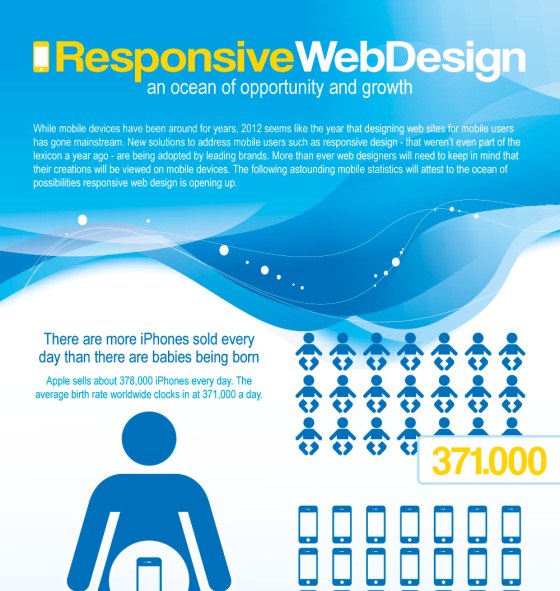Intrigued In Discovering How Web Site Style Has Advanced For Many Years? Check Out The Journey From Standard, Uncomplicated Styles To User-Centric User Interfaces That Prioritize The Visitor'S Experience
Intrigued In Discovering How Web Site Style Has Advanced For Many Years? Check Out The Journey From Standard, Uncomplicated Styles To User-Centric User Interfaces That Prioritize The Visitor'S Experience
Blog Article
Produced By-Johansen Gibbons
In the past, websites were easy and concentrated on info. Navigating was straight, and layout was for desktops. Now, seo in google search is key. Information overviews layouts for easy navigating. Receptive designs suit different tools. Today, dark setting reduces stress, and minimal food selections improve navigating. Interactive features involve users, and vibrant visuals stand apart. AI integration enhances interaction. See just how design has advanced to improve your on the internet journey.
Very Early Days of Website Design
In the very early days of website design, simplicity preponderated. Web sites were fundamental, with restricted colors, font styles, and layouts. The emphasis got on providing details instead of showy visuals. Customers accessed the web with sluggish dial-up connections, so speed and functionality were crucial.
Navigating menus were straightforward, generally located at the top or side of the web page. Sites were made for computer, as mobile surfing wasn't yet common. Material was king, and designers prioritized easy readability over complicated design elements.
HTML was the primary coding language utilized, and designers had to function within its restrictions. Animations and interactive attributes were minimal compared to today's requirements. Websites were static, with little vibrant material or customized user experiences.
Rise of User-Focused Design
With the development of web site style, a change in the direction of user-focused design concepts has actually become increasingly prominent. Today, developing internet sites that focus on user experience is important for engaging site visitors and accomplishing business objectives. User-focused style entails recognizing the demands, choices, and behaviors of your target market to customize the website's format, material, and includes accordingly.
Designers now perform complete research study, such as individual studies and use screening, to gather insights and feedback straight from customers. This data-driven strategy assists in producing intuitive navigating, clear calls-to-action, and aesthetically appealing user interfaces that reverberate with site visitors. By placing the user at the center of the layout process, internet sites can supply a more individualized and delightful experience.
Responsive layout has actually likewise emerged as a vital facet of user-focused style, ensuring that sites are optimized for numerous gadgets and display sizes. This adaptability enhances access and functionality, catering to the varied ways customers engage with web sites today. Basically, the surge of user-focused design represents a change towards producing digital experiences that prioritize the demands and assumptions of completion individual.
Modern Trends in Web Design
Discover the most up to date fads forming website design today. seo engine results is dark setting style, using a sleek and modern appearance while lowering eye strain in low-light environments. One more key pattern is minimal navigating, streamlining menus and improving customer experience by focusing on essential elements. Integrating micro-interactions, such as animated switches or scrolling effects, can produce a much more appealing and interactive web site. Receptive design continues to be important, making sure smooth user experiences throughout numerous devices. Additionally, utilizing https://www.einnews.com/pr_news/574667235/microbits-reveal-digital-marketing-secrets-to-make-your-business-achieve-a-paradigm-shift and unbalanced formats can include aesthetic rate of interest and draw attention to particular content.
Incorporating AI technology, like chatbots for customer support or individualized recommendations, boosts individual engagement and simplifies processes. Ease of access has also come to be a significant trend, with designers focusing on comprehensive layout methods to deal with varied customer needs. Welcoming sustainability by enhancing website efficiency for speed and efficiency is an additional arising pattern in website design. Working together with user responses and information analytics to repeat and enhance style continuously is crucial for staying appropriate in the ever-evolving electronic landscape. By accepting these modern-day patterns, you can produce a visually enticing, straightforward website that resonates with your target market.
Final thought
As you assess the evolution of internet site design from the early days to now, you can see exactly how user-focused design has come to be the driving force behind modern patterns.
Accept the trip of modification and adaptation in website design, constantly keeping the customer experience at the center.
Remain present with the current fads and innovations, and never quit advancing your method to produce visually stunning and user-friendly sites.
Develop, adjust, and produce - the future of web design is in your hands.
